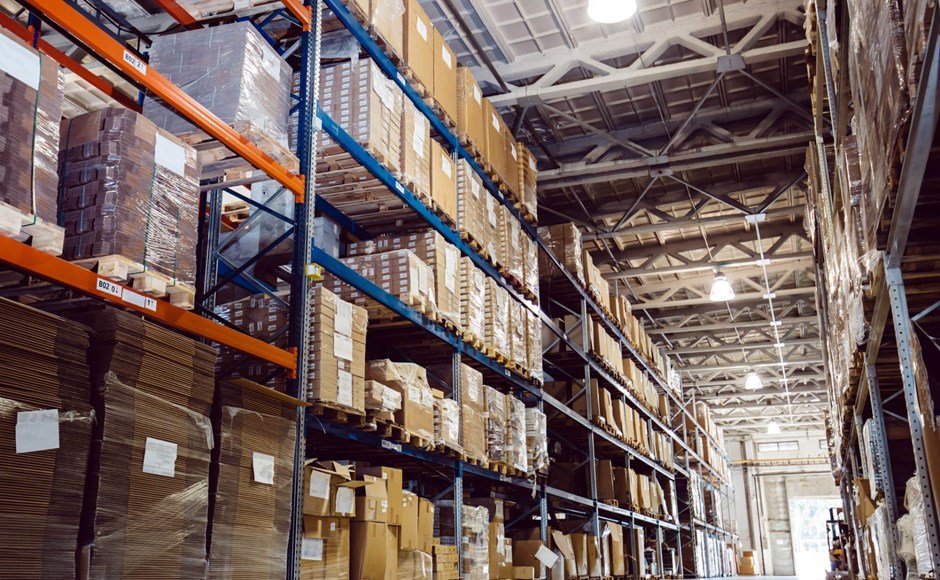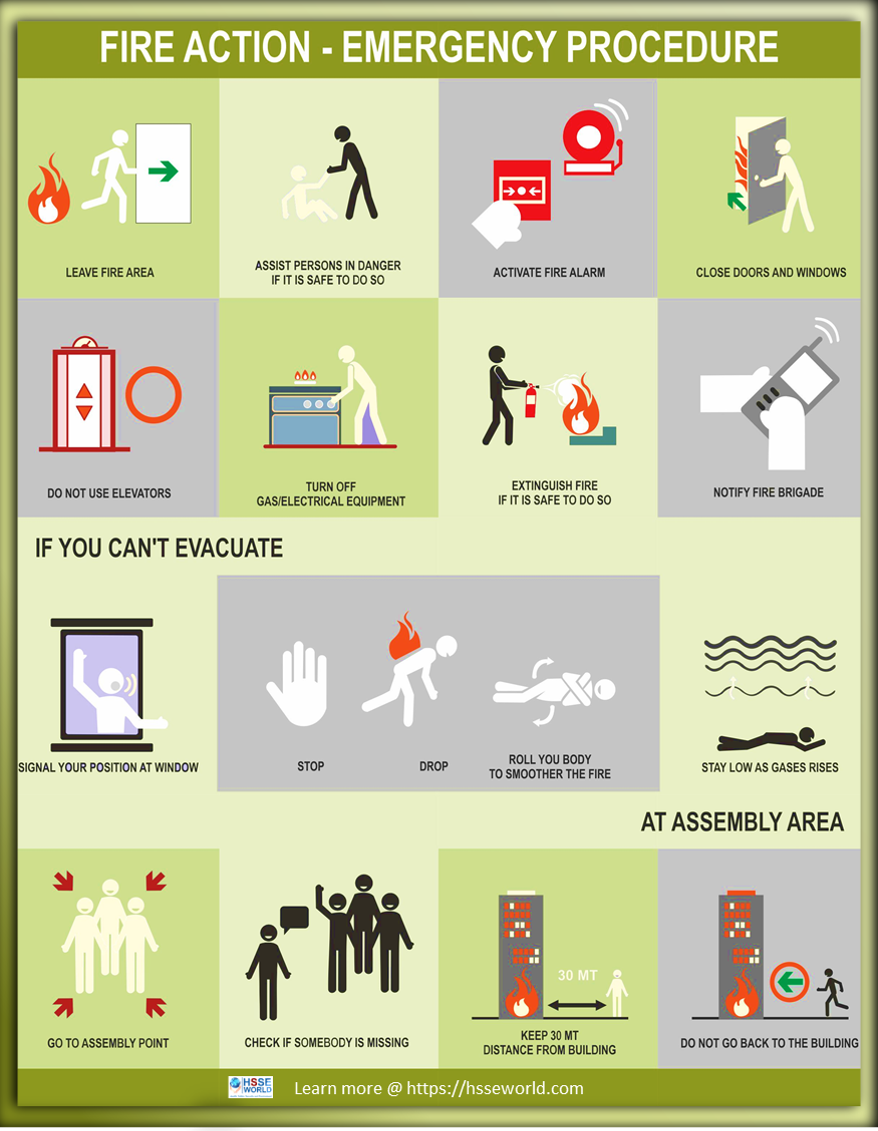Warehouse work may seem simple or straightforward, but the hazards are numerous. There are often limited sightlines and mobile machinery like forklifts, trucks, and robots moving around in close proximity to workers. There are heavy loads on pallets being shifted from trucks to shelves, often at great heights. There are technological and linguistic communications challenges. And all of this happens while people are working under pressure to get materials stored, retrieved, or moved as quickly as possible.That’s not to mention all the risks that come from working at or around loading docks
Thankfully, there are many precautions employers can take to make their warehouses as safe as possible. While these tend to be primarily the responsibility of management to enforce, individual employees can and should also practice safety in every action, and they should also watch for – and report – violations, potential hazards, and actual incidents.
Here are some measures you can take to create a safe environment for warehouse workers.
Supply All Warehouse Workers with Appropriate PPE
Depending on the activities taking place in the warehouse and the kinds of materials being handled, workers might need to wear hard hats, protective gloves, high-visibility vests, breathing masks, protective eyewear, and protective footwear
When selecting PPE for warehouse workers, remember that they need adequate protection from:
- Contact with objects (bumping into things and things bumping into them)
- Cuts (sharp edges, exposed metal, glass, box cutters, and blades)
- Friction burns (using rope or holding items as they move)
- Falling objects (whether dropped from height or toppled as a result of poor stacking)
- Hazardous materials (exposure to chemicals, dusts, particulate matter)
- Muscular strain (lifting and maneuvering heavy objects)
Implement Housekeeping Procedures
Keep all physical spaces clean and clear. This includes ensuring that large objects, such as pallets and items that have been placed either for stacking or shipment, do not obstruct aisles, open spaces, or emergency exits. Objects that must occupy common areas should be clearly marked.
Debris, including packing material, broken items and even dust must be cleared away immediately. Trash cans and receptacles should be emptied before they become completely full to lessen the danger of tipping, or of debris spilling back onto the warehouse floor.
Keep spill kits replenished and accessible spilled substances can be dealt with promptly instead of creating a slipping hazard.
Encourage Workers to Travel Throughout the Warehouse Attentively
Workers should look around corners before crossing aisles, and walk slowly and defensively. Regularly remind workers that other employees might not be completely alert when traveling through the warehouse. They should not walk through the warehouse while looking at their phones or using other devices.
Employees should also avoid wearing earbuds to listen to music while working, since this could prevent them from hearing important sounds. Workers who cannot hear an approaching forklift, the sound of items falling, or vocal calls and warnings from coworkers but themselves at greater risk of injury.
Ensure Proper Use of Equipment
Be aware of weight tolerances for racks and shelves, lifting tools (like forklifts and trailer lift gates) and materials like ropes and chains.
Never allow anyone to use machinery unless they have the proper training and certification. Maintain a zero-tolerance policy for stunt driving and practical jokes.
Ensure bumpers are attached wherever they are needed, both on moving items and stationary ones like shelving
Use Toolbox Talks and Other Informal Meetings to Remind Workers of Safe Procedures for Basic Warehouse Tasks
Regularly remind workers how to carry out their work tasks in a safe fashion. For example, provide a brief, prework refresher on how to safety stack and carry round containers that could roll or slip .
Practice emergency evacuation drills to ensure that all personnel know what to do if they face an unexpected event, like a broken container leaking hazardous materials.
Focus on Maintenance
Make sure that all machinery, shelving, and any other equipment has been inspected and maintained regularly. A lot of the equipment used in warehouses – forklifts, shelving, bumpers – seems sturdy and durable, but it can be subject to damage, wear and tear, and defects. Routine inspections should be part of your safety program.
Maintain a Safe Environment for Your Workers
The essential elements of safe warehouse operation involve adequate training, proper deployment of materials and procedures, regular inspections and audits of procedures and machinery, adherence to regulations, clear communication between shop floor staff and management, and a commitment to not to not cut corners.
By following these tips, along with safety regulations and industry best practices, you can ensure a safe working environment for your employees.




